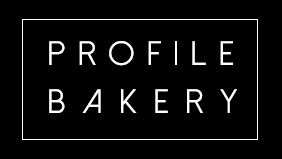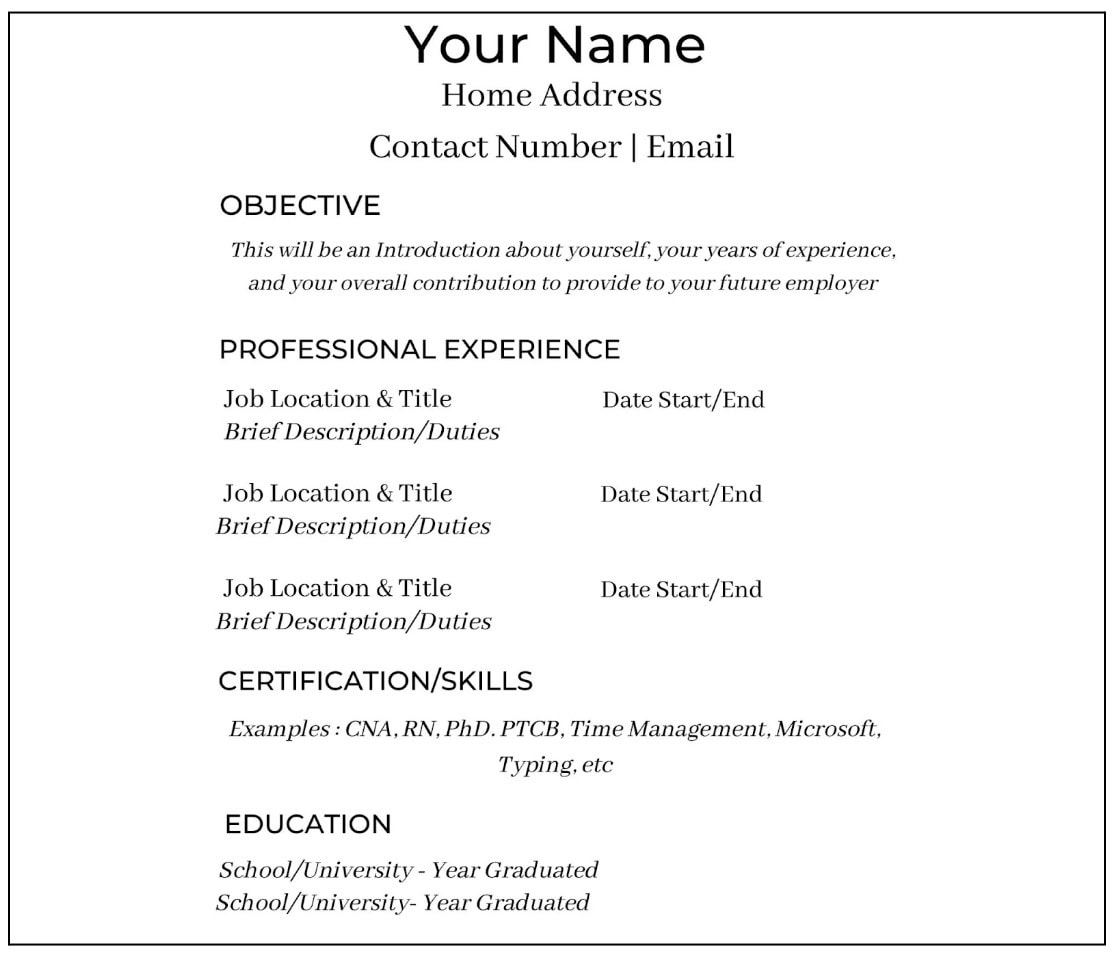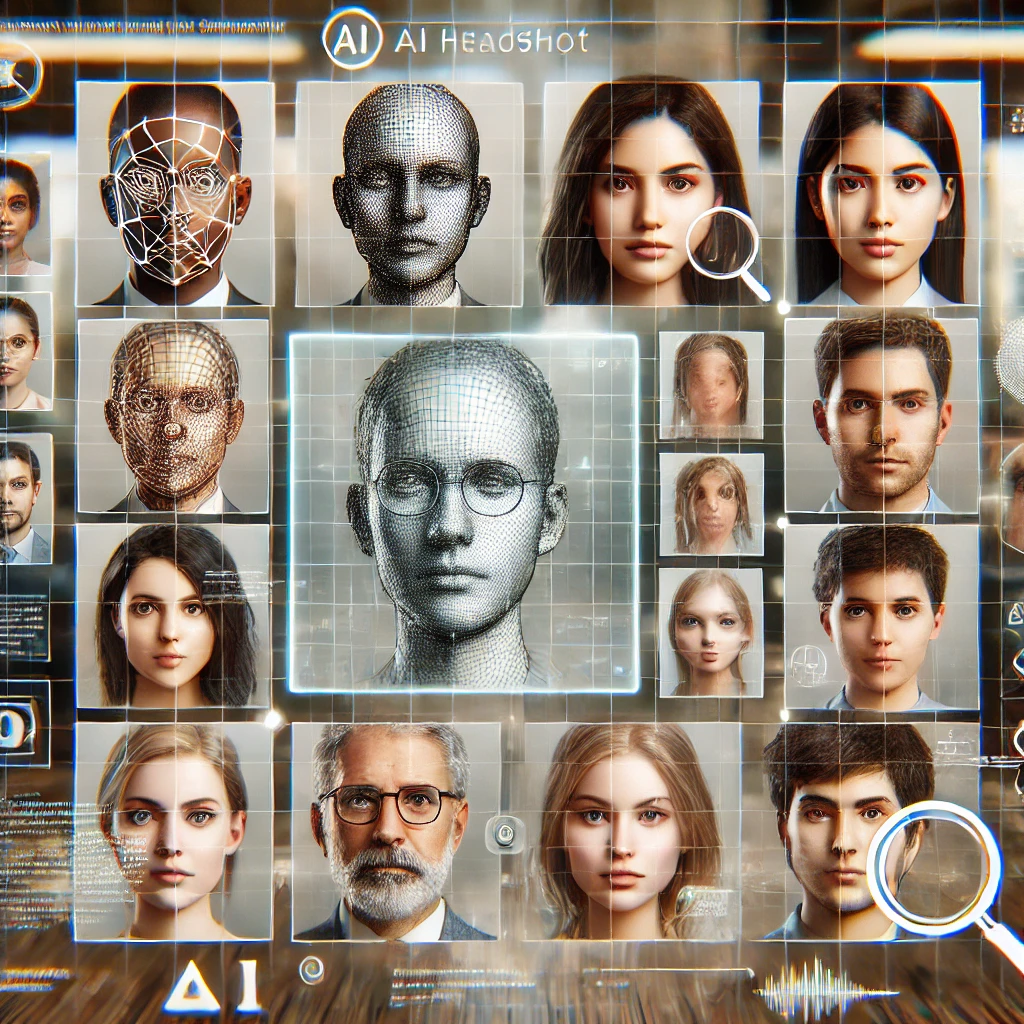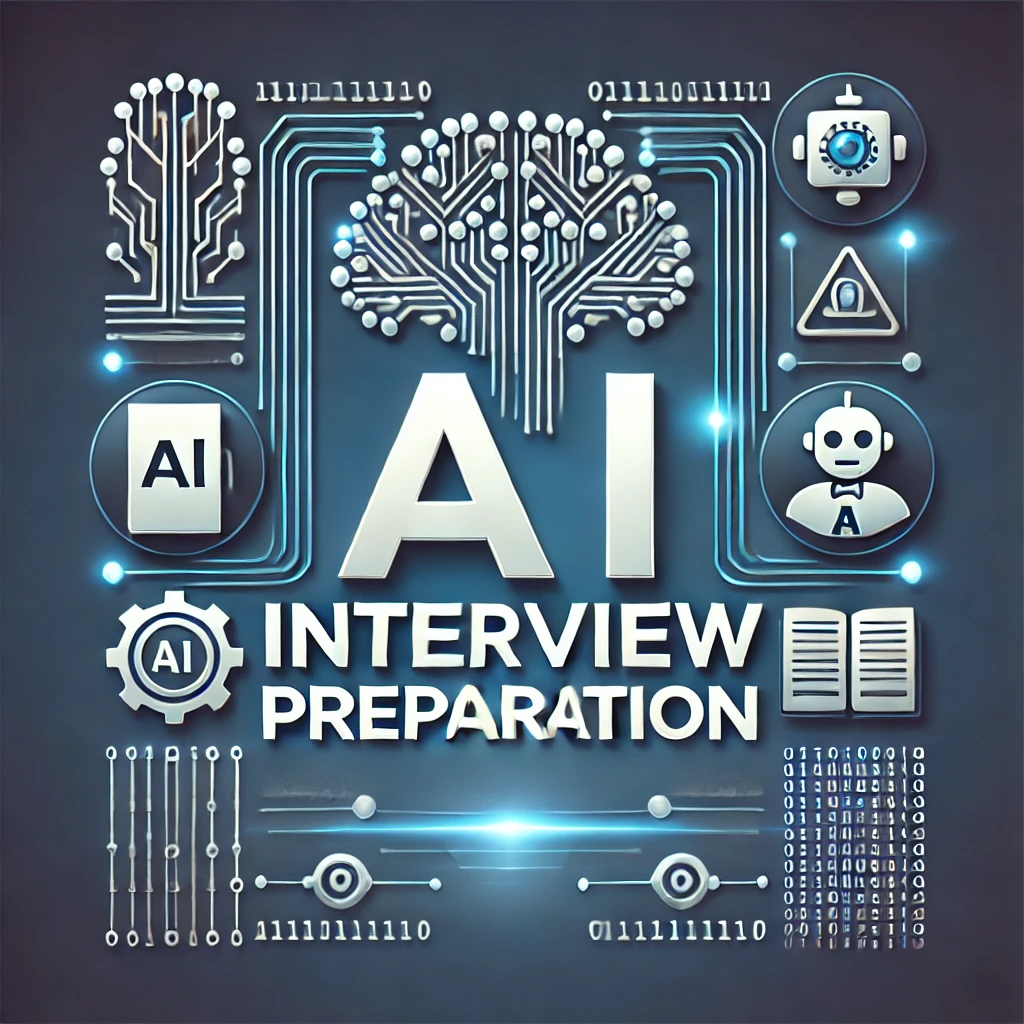Let’s be honest, resumes used to be pretty simple. You’d open up a blank Word doc, type out your work history, maybe throw in a bold heading or two, and call it a day.
If you were a designer or in a creative role, you might’ve had a portfolio too – usually a PDF or a link to a website.
But now? Things look a lot different.
With more people applying for the same jobs and companies using all sorts of tools to screen candidates, how you build and share your resume matters more than ever.
The good news? There are a bunch of smart tools out there that are making the whole process easier and more effective.
Here are 8 ways this new wave of tech is changing the game when it comes to resumes and portfolios and how you can use it to your advantage.
1. Smarter Resume Checkers
If you’ve ever wondered, “Is my resume actually good?”, you’re not alone.
A lot of us write something, hit save, and hope for the best. But now there are tools that can actually check your resume and tell you what’s working (and what’s not).
These tools can:
- Show you if you’re missing important keywords for a job
- Suggest better ways to phrase your experience
- Make sure your layout is clear and easy to read
Some even scan your resume the same way a company’s applicant tracking system (ATS) would, so you know if your file will even make it through the first round.
A great option to explore is Profile Bakery. It offers helpful tools and templates that not only guide you through building your resume but also make sure it’s optimized for modern hiring platforms.
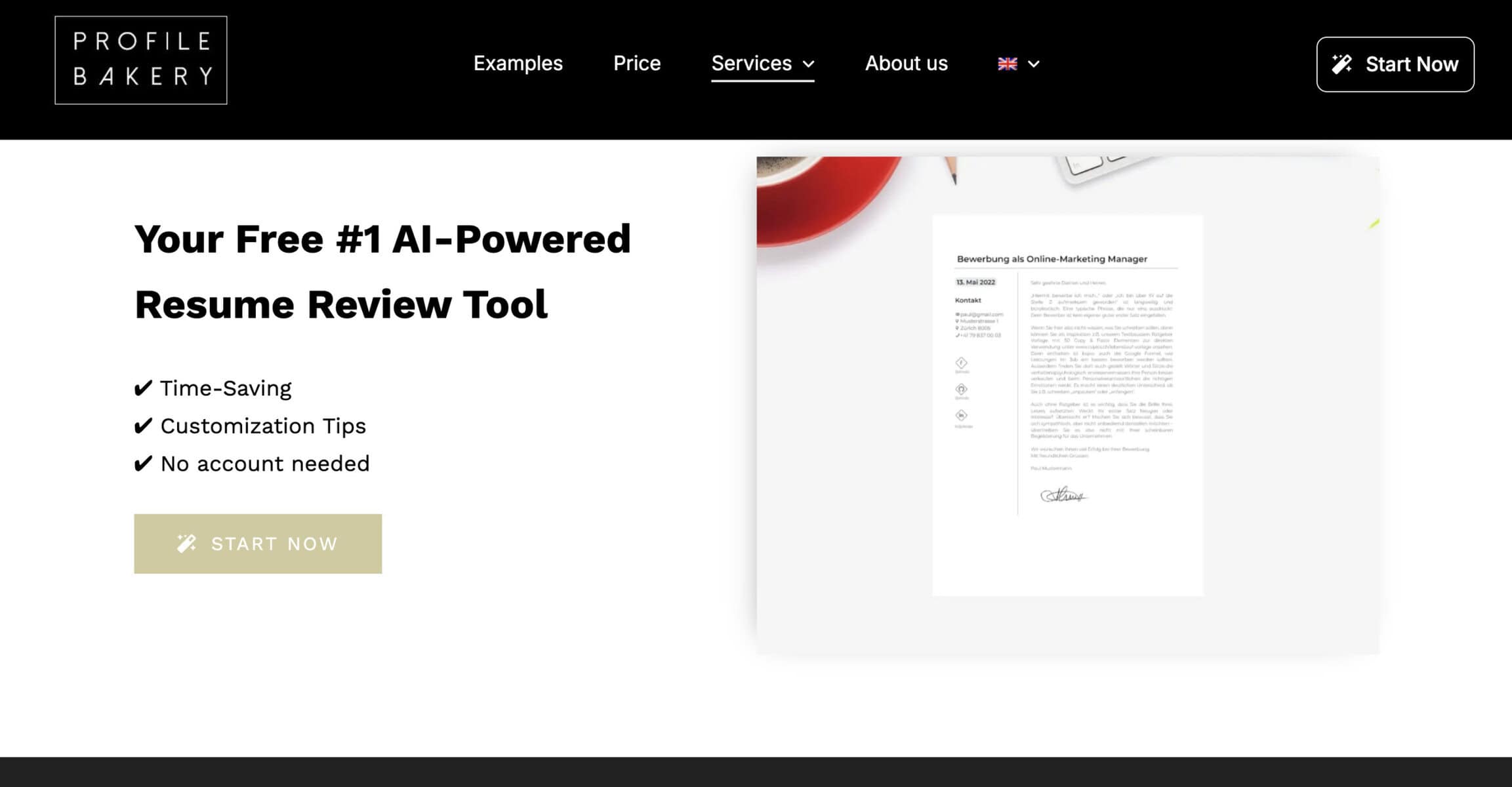
Whether you’re applying for your first job or making a career change, it’s a solid place to start.
You can also check out some ready-to-use resume templates to download if you want to skip the blank page and get started faster.
Just a heads up though: these tools aren’t perfect. They can help you get past filters, but it’s still up to you to make your resume feel personal and true to your experience.
2. Portfolios That Actually Work
A plain PDF portfolio is fine, but today there are much better (and easier) ways to show your work.
Creative pros, freelancers, and even marketers are using smart platforms that help organize and show off their projects in a way that’s easy to browse – and way more impressive.
Platforms like:
- Notion: Great for building a clean, modern portfolio with writing, links, and visuals.
- Behance: Ideal for designers and artists who want to display creative projects.
What’s cool is these platforms often help with layout ideas or suggest how to organize your work, so you don’t have to start from scratch.
Some even let you embed videos, client testimonials, and stats to make your work more convincing.
This makes a big difference when a hiring manager wants to quickly see what you’re capable of without digging through folders or clicking a hundred links.
“Generative AI offers candidates tools for personalized preparation and skill development. However, it often homogenizes or flattens resumes in the hiring process, making differentiation challenging for hiring managers. Automated resumes often follow a specific language and approach, making it fairly easy to identify which ones were generated by AI.” – Dr. Megan Workmon Larsen, director of learning experience design at Arizona State University (ASU)
3. Feedback from Real Data (Not Just Your Gut)
What if you could actually see which version of your resume got more views? Or which project in your portfolio people clicked on the most?
Some platforms now offer exactly that. They give you feedback based on real numbers, like how long someone looked at your resume, what they skipped, or what they clicked.
That means you’re not guessing anymore. You can actually test two versions of a resume and see which one gets better results.
You can also fix parts of your portfolio that people aren’t engaging with.

Here’s a simple comparison:
| Old Way | New Way |
|---|---|
| You guess what works | You see what actually works |
| One version of your resume | Multiple versions, tested |
| No clue if anyone opened it | You see open rates and clicks |
Getting this kind of insight helps you make smart, confident updates that improve your chances of standing out.
4. Matching You With the Right Jobs
One of the hardest parts of job hunting is figuring out which roles are actually a good fit and if your resume shows that clearly.
Some platforms now compare your resume to job descriptions and tell you how close the match is.
Let’s say you’re applying for a link building role that asks for SEO experience.
If your resume doesn’t mention SEO at all, the system might flag that and remind you to include examples of where you’ve worked on it.
This helps you:
- Spot skills you forgot to mention
- Understand what each job is really looking for
- Adjust your resume so it matches the job better
Sites like LinkedIn, and VMock have features like this. It doesn’t mean you should stretch the truth, but it’s a great way to catch the skills gap and improve your chances.
5. Easy Updates and Custom Versions
Remember the days of “Resume_Final_FINAL_2.pdf”? Yeah, same. Managing different versions of your resume used to be a mess.
Now, cloud-based tools let you create and update resumes and portfolios in one place. You can:
- Instantly edit your resume for a specific job
- Create different versions for different industries
- Sync it with job boards or LinkedIn in one click, and skills gap
You don’t have to keep track of 10 files on your desktop anymore. And if you notice a typo after you send something off? You can fix it and re-send right away.
It’s all about making your life easier while looking more professional at the same time.
Some Things to Watch Out For
All these tools are helpful, but it’s not a good idea to let them do everything for you. Here’s why:
- If you rely too much on resume checkers, your writing can start to feel robotic
- Some tools might push you to use buzzwords or “optimize” too much
- Algorithms aren’t perfect. Sometimes they miss context or creativity
And there’s a bigger issue too: not all platforms are transparent. You might not know exactly how your resume is being scored or why it was rejected.
So while these tools can boost your chances, they work best when you use them with your own judgment, not instead of it.
“Job seekers are being encouraged to fight this battle by crafting resumes based on the job descriptions they’re applying for. They’re told on TikTok, online and everywhere else to copy and paste the job description into a generative AI tool. In seconds rather than hours, they can have a polished resume that makes them look like a great candidate.” – Dave Wengel, CEO of SmartResume
6. Cleaner, More Professional Designs (Without Needing a Designer)
Not everyone is a graphic designer and honestly, you shouldn’t have to be. But first impressions matter, and the way your resume looks can say a lot before anyone even reads it.
The good news? A bunch of resume tools now offer professionally designed templates that take care of the visuals for you.
These aren’t your old-school Microsoft Word templates, either, they’re clean, modern, and built to make the important stuff pop.
With just a few clicks, you can:
- Add icons or visuals for skills and experience
- Use color in a subtle but effective way
- Pick layouts that work better for your industry (like tech vs. design vs. admin roles)
Tools like Canva, Zety, and Novoresume offer easy-to-edit templates with drag-and-drop features.
They’re a huge help, especially if you want your resume to stand out without looking like you tried too hard.
And while you’re giving your resume a visual boost, don’t forget your profile photo too, what colors work best for a professional headshot can really make a difference.
✅ Pro Tip: Keep it simple. A clean layout with good spacing usually beats flashy design.
7. Video Introductions and Embedded Media
More professionals are now adding short videos to their resumes or portfolios, especially in creative or client-facing roles.
Whether it’s a short intro video, a walkthrough of a project, or a quick case study, these clips give hiring managers something they don’t usually see: you, in action.
And if you’re camera-shy or not confident with recording your own voice, you’re not out of options.
Tools like text to speech can help you add voiceover to your video without needing to speak yourself. It’s a smart workaround that still brings your story to life in a more engaging way.
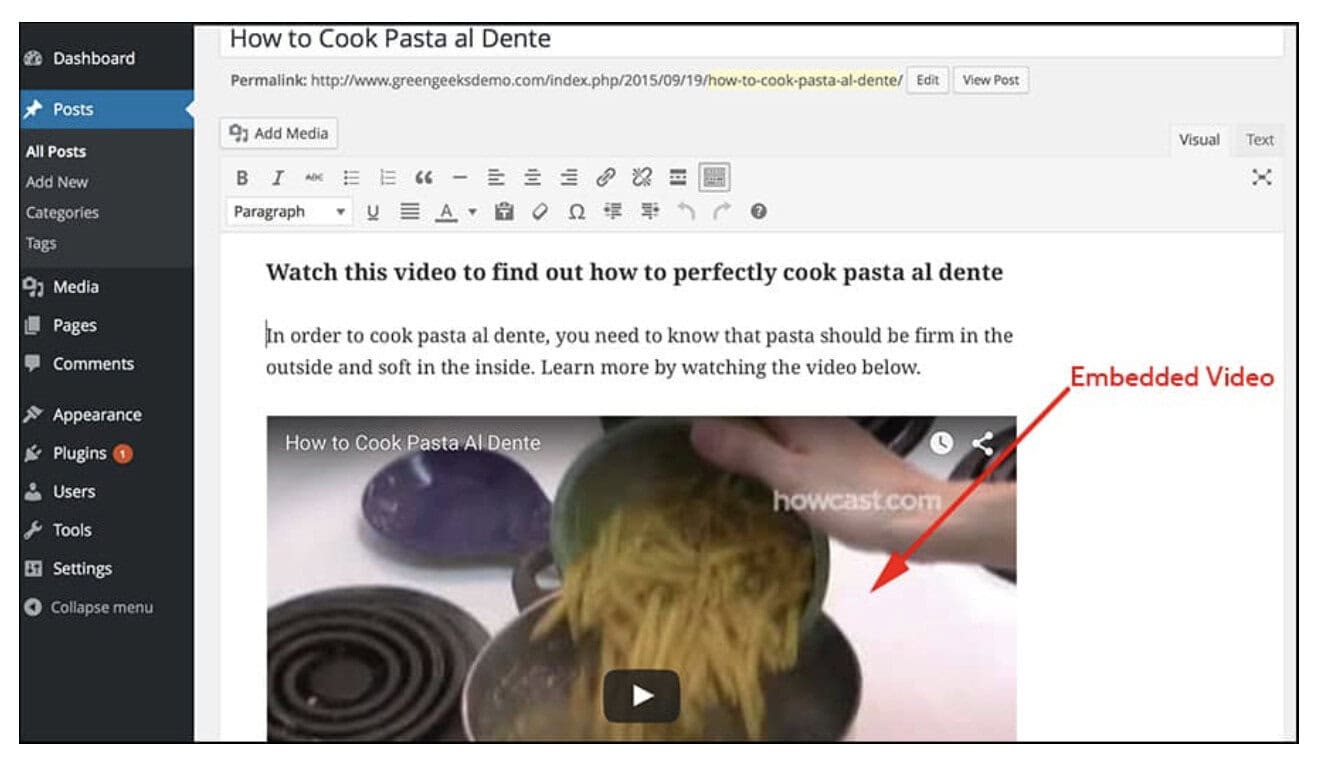
This isn’t about creating a full-blown showreel. A 30- to 60-second clip introducing yourself, sharing a challenge you solved, or explaining a portfolio piece can go a long way.
Platforms like Loom, Veed, and even Notion support embedded videos directly in your portfolio or online resume. It makes your profile feel more human and lets your energy come through, which is especially helpful in remote-first hiring.
If you’re thinking of adding a video or photo to your portfolio, make sure you prepare for headshots the right way. It makes all the difference.
✅ Pro Tip: A digital marketer shared a short screen recording walking through a campaign dashboard. It showed results and gave a sense of their communication style.
8. Built-In Sharing and Tracking Tools
You’ve probably sent out a resume and wondered: “Did they even open it?” New tools are helping take that guesswork out of the equation.
Many resume platforms now come with link sharing and tracking features. Instead of attaching a PDF to every email, you can send a live link to your resume or portfolio. From there, you get insights like:
- When someone opened it
- How long they viewed it
- Which sections they spent the most time on
This can be really helpful if you’re applying for several jobs or working with recruiters. You’ll know which leads are actually warm and which ones might need a follow-up.
Some platforms even let you set a password or limit access, which keeps your information secure while still being easy to share.
✅ Why it helps: You’re not just sending files into the void, you can track who’s interested and focus your energy in the right places.
Best Practices for Different Industries
AI-powered resumes and portfolios are not one-size-fits-all. Different industries have unique expectations around design, storytelling, and detail. Here’s how to align your AI-powered digital resume or portfolio with what hiring managers in your field actually want to see.
| Industry | Best Practices | Recommended AI Tools |
| Tech & IT | → Auto-generate project case studies with metrics
→ Visualize data with dashboards → Optimize skills for ATS |
Rezi, Standard Resume, Tableau AI, Teal |
| Creative & Design | → Use dynamic, interactive portfolio builders
→ Generate design concepts & moodboards → Focus on story-driven case studies |
Canva AI, Framer AI, Copy.ai, PortfolioBox |
| Marketing & Content | → Personalize portfolios for different audiences
→ Use analytics to show results → Leverage AI for video or voice intros |
Jasper, Synthesia, Copy.ai, Descript |
| Finance & Consulting | → Keep layouts clean & data-driven
→ Generate achievement-oriented bullet points → Embed interactive dashboards |
ChatGPT, Beautiful.ai, Tableau, Notion AI |
| Education & Non-Profit | → Tell mission-driven stories
→ Ensure accessibility (translations, audio) → Highlight impact with testimonials |
Otter.ai, ElevenLabs, Canva AI, Notion AI |
| Healthcare & Life Sciences | → Prioritize clarity & accuracy
→ Simplify technical jargon → Highlight certifications & outcomes |
Grammarly AI, ChatGPT, SlidesAI, Canva Docs |
| Sales & Customer Success | → Use AI video tools for pitches
→ Highlight wins with smart summaries → Auto-personalize for different prospects |
Synthesia, ChatGPT, Jasper, Beautiful.ai |
Final Tip: Keep It Human
→ AI is a powerful assistant, not a replacement for your voice or expertise. Use it to enhance clarity, creativity, and personalization; but let your authentic story shine through.
Wrapping It Up
The way we build and share resumes and portfolios is changing fast. With the right tools, you can make your applications stronger, clearer, and better matched to the jobs you actually want.
But here’s the real key: don’t lose your voice in the process. Use these tools to support your story, not replace it. Your personality, your work, and your real-life experience still matter more than anything.
Once your resume and portfolio are ready, it’s smart to think ahead, disrupting interview preparation is the next step in landing the role.
